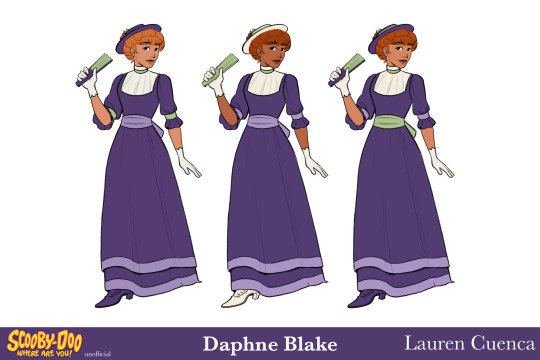#what if the scooby doo took place in the 1910s
Explore tagged Tumblr posts
Text

My last official Edwardian Scooby-Doo post! I can’t wait to do Scooby and Shaggy outside of my costume design class
#thank you to everyone who left such nice comments!!#so glad to know there are other mystery gang fans out there with a taste for historical fashion#my art#art#fanart#digitalart#scooby doo#scooby and shaggy will be added eventually#what if the scooby doo took place in the 1910s#mystery gang#daphne blake#fred jones#velma dinkley
235 notes
·
View notes
Text



trying to figure out the color blocking for everyone!
#my art#art#fanart#scooby doo#mystery gang#velma dinkley#fred jones#daphne blake#what if the scooby doo took place in the 1910s#edwardian au#edwardian fashion
193 notes
·
View notes
Text

velma expressions!
#fanart#art#my art#what if the scooby doo took place in the 1910s#scooby doo#velma dinkley#edwardian fashion#edwardian au
25 notes
·
View notes
Text

daphne expressions!
#fanart#art#digitalart#my art#what if the scooby doo took place in the 1910s#scooby doo#daphne blake#edwardian fashion#expression sheet
34 notes
·
View notes
Text



slowly posting all of my progress for this project <3
#what if the scooby doo took place in the 1910s#scooby and shaggy will be added eventually#scooby doo#costume design#character design#edwardian fashion#fanart#digitalart#drawing#my art#velma dinkley#fred jones#daphne blake
34 notes
·
View notes
Text



my ideations for their outfits <3 which one’s your favorite?
#what if the scooby doo took place in the 1910s#scooby doo#mystery gang#daphne blake#fred jones#velma dinkley#fanart#digitalart#my art#just realized daphne doesn’t have numbers oops
13 notes
·
View notes